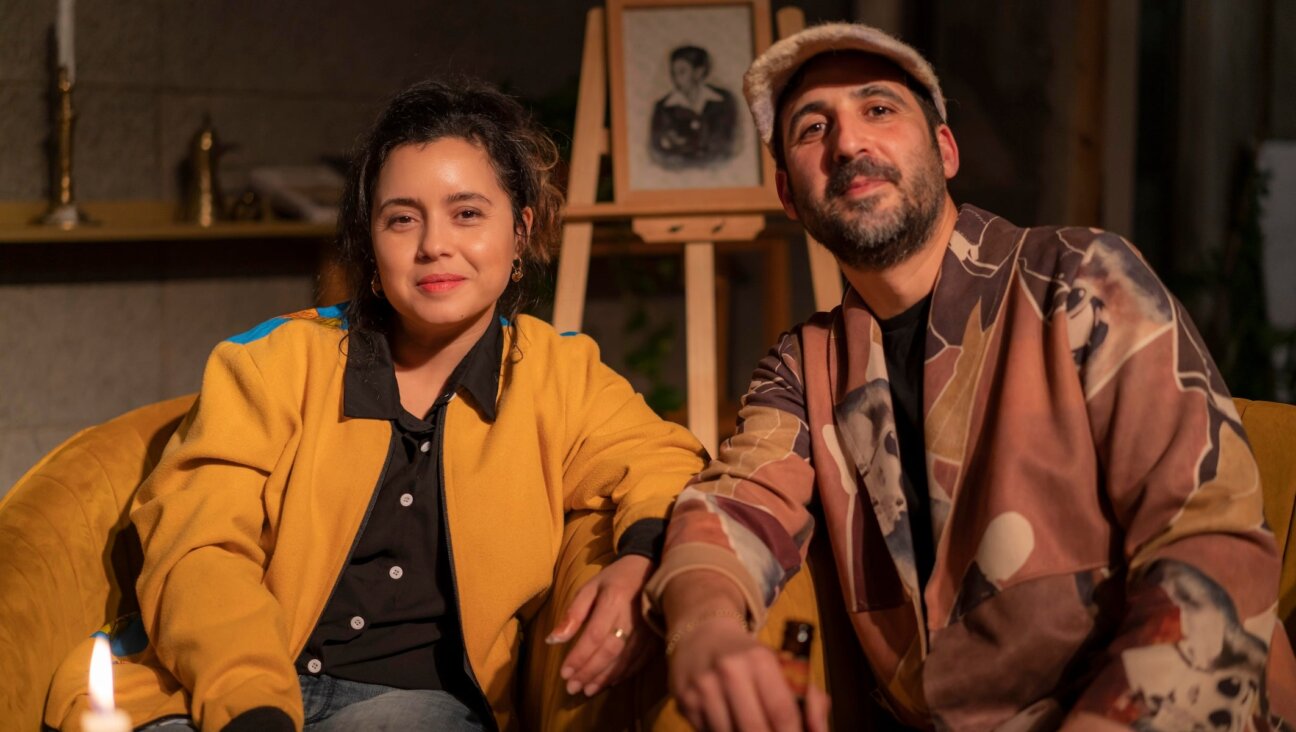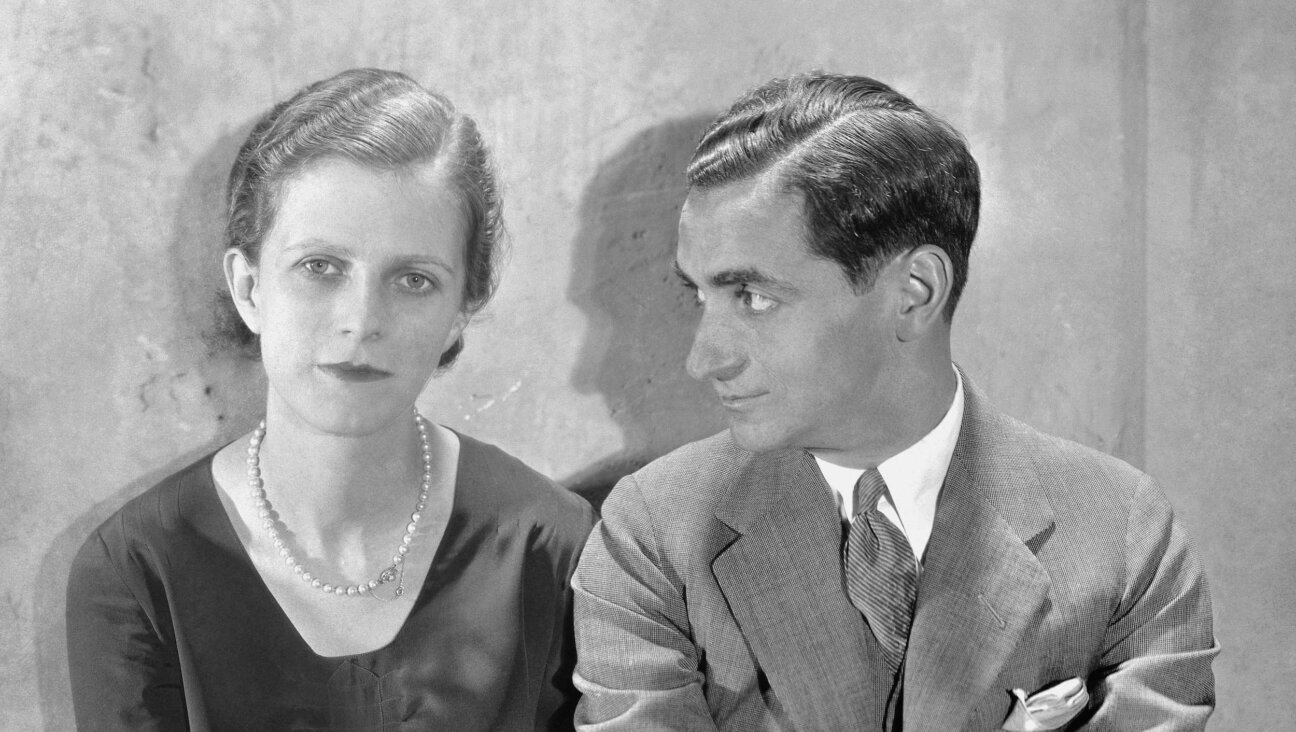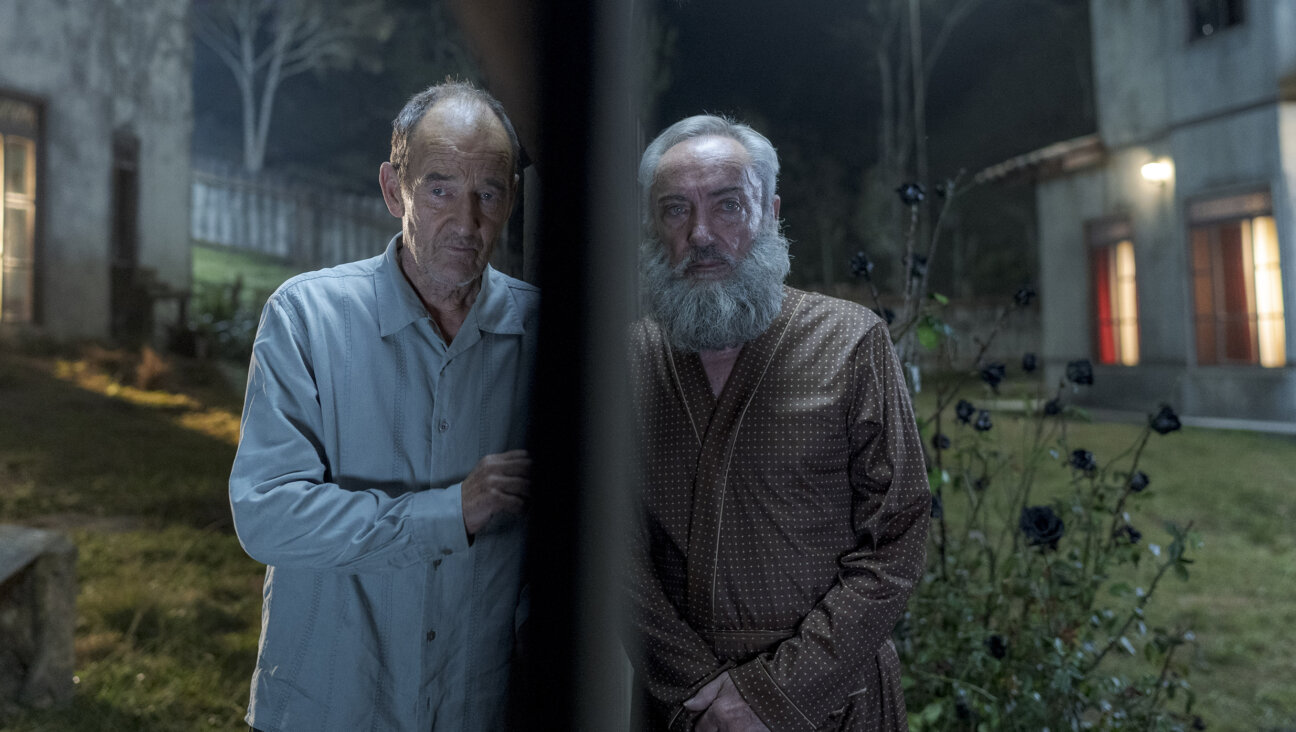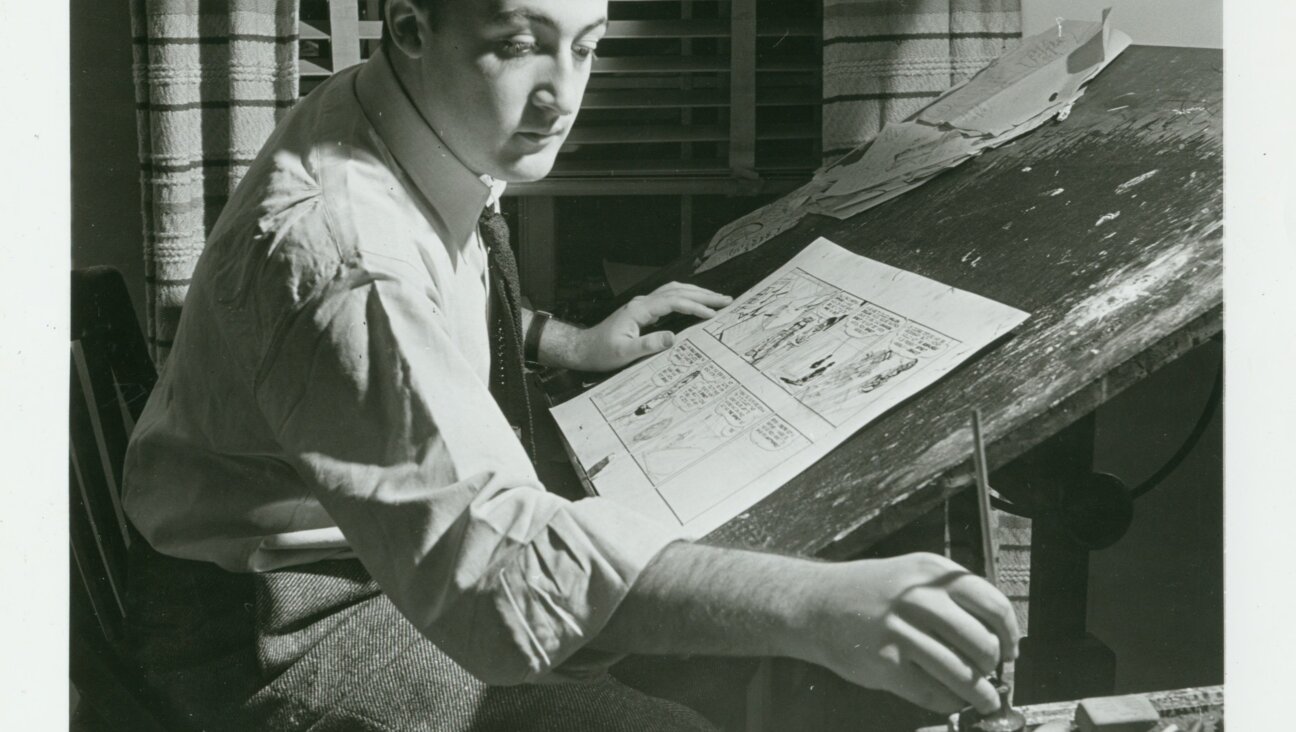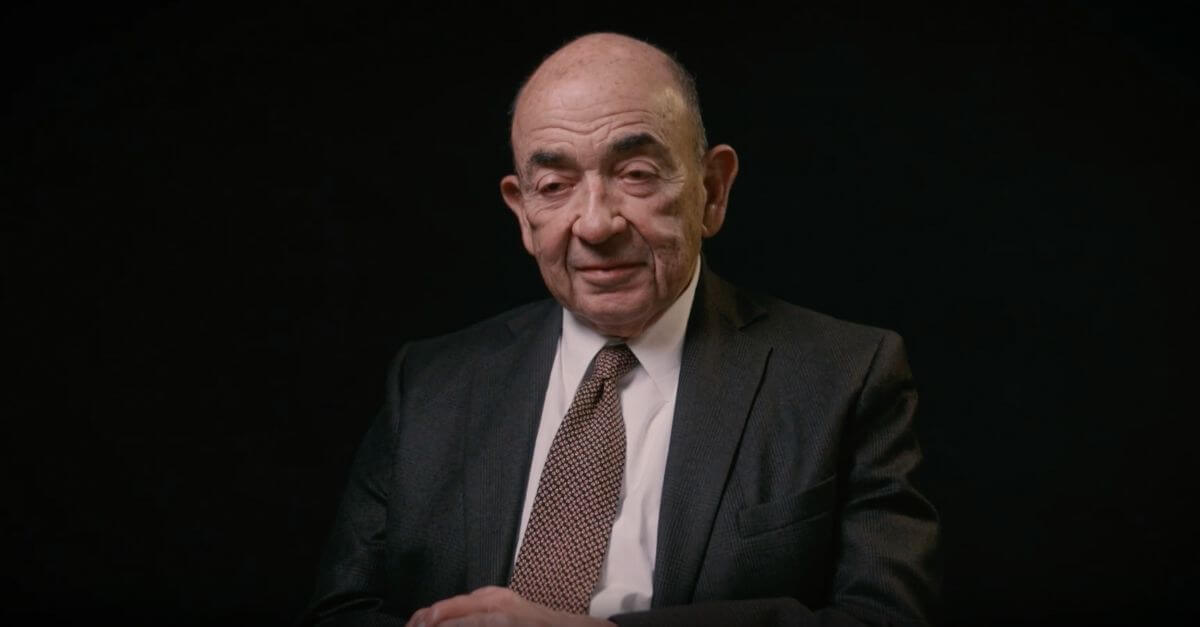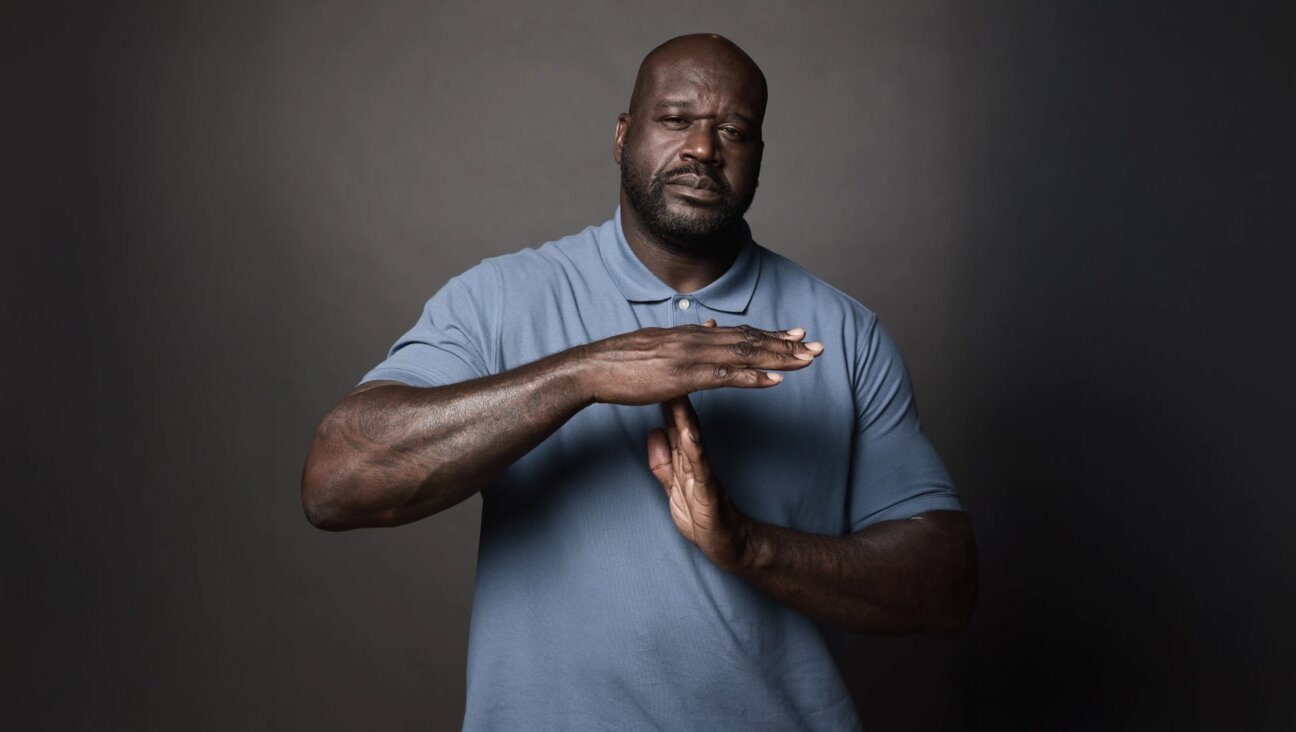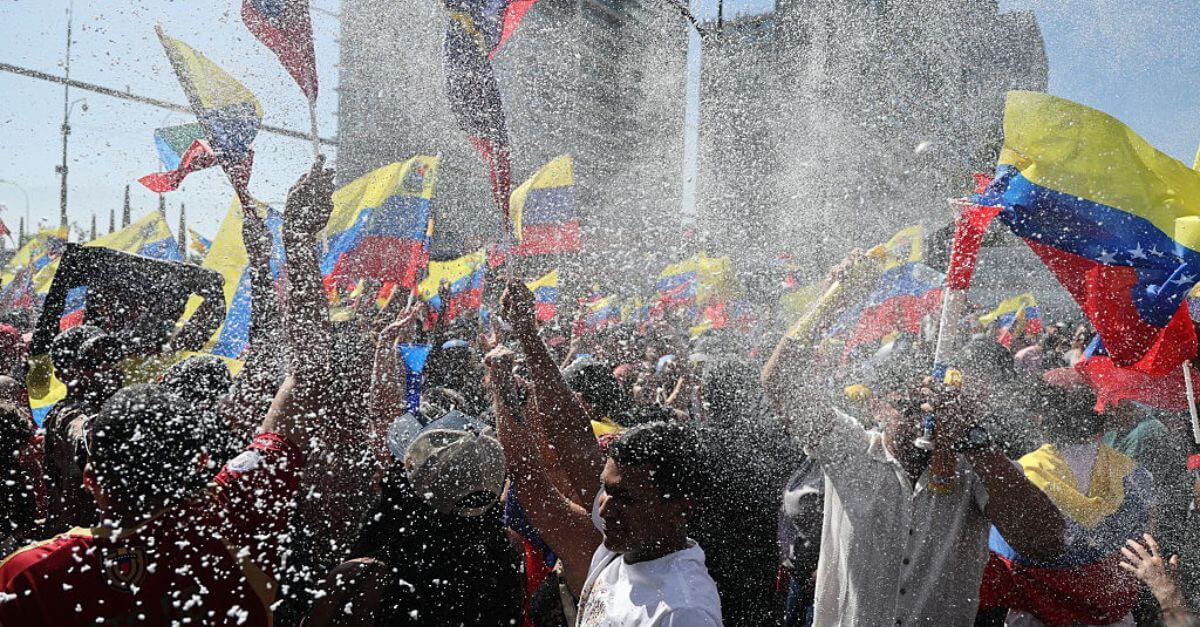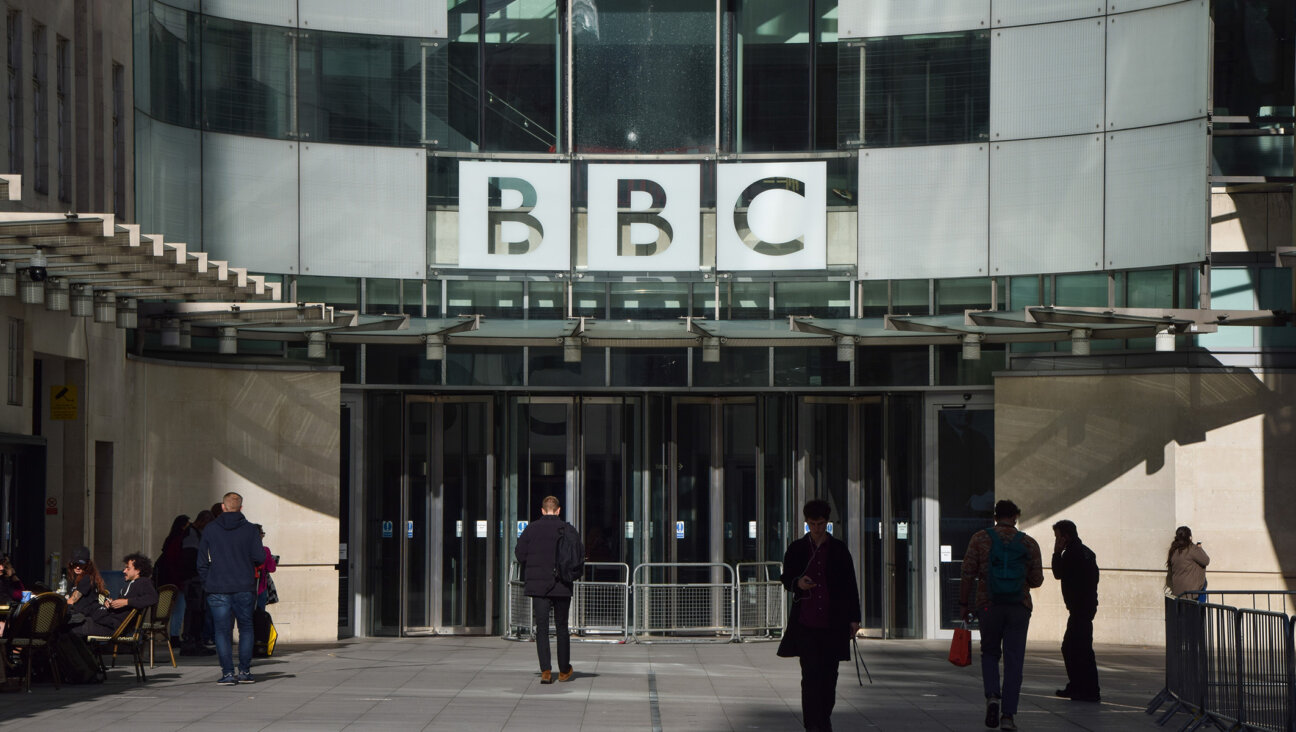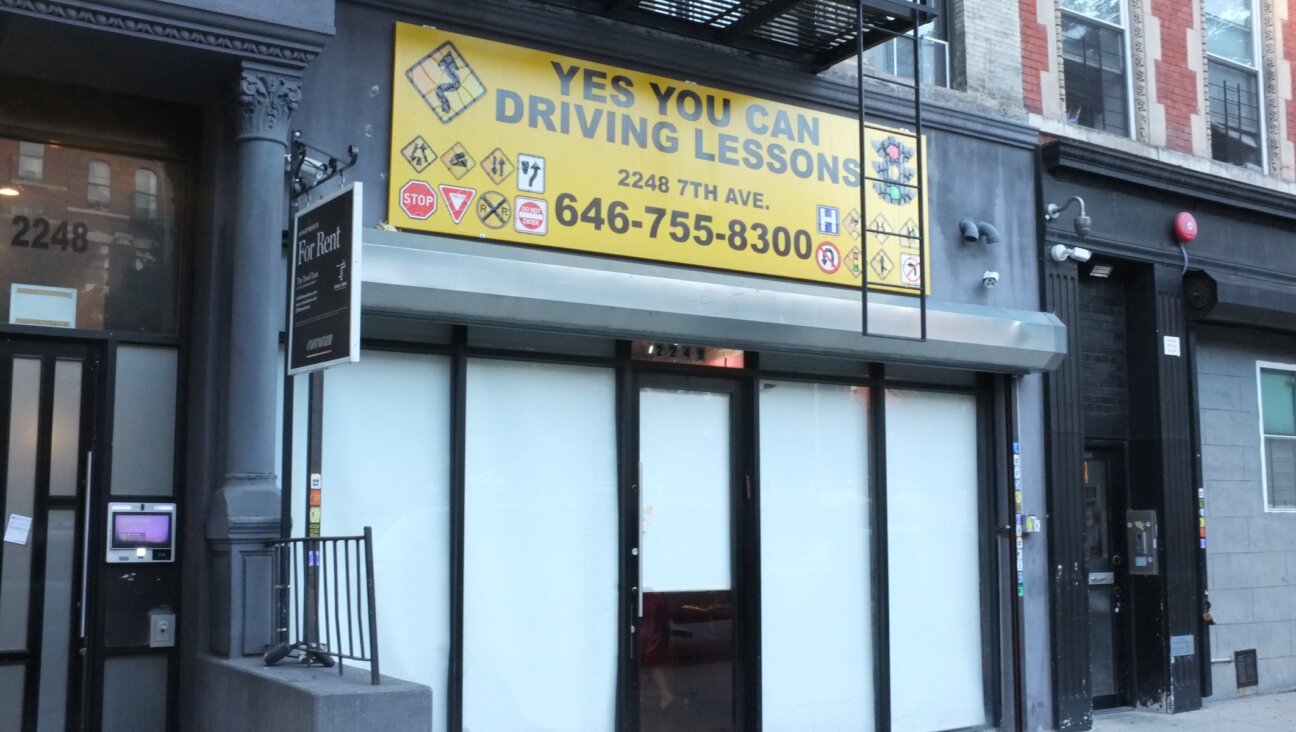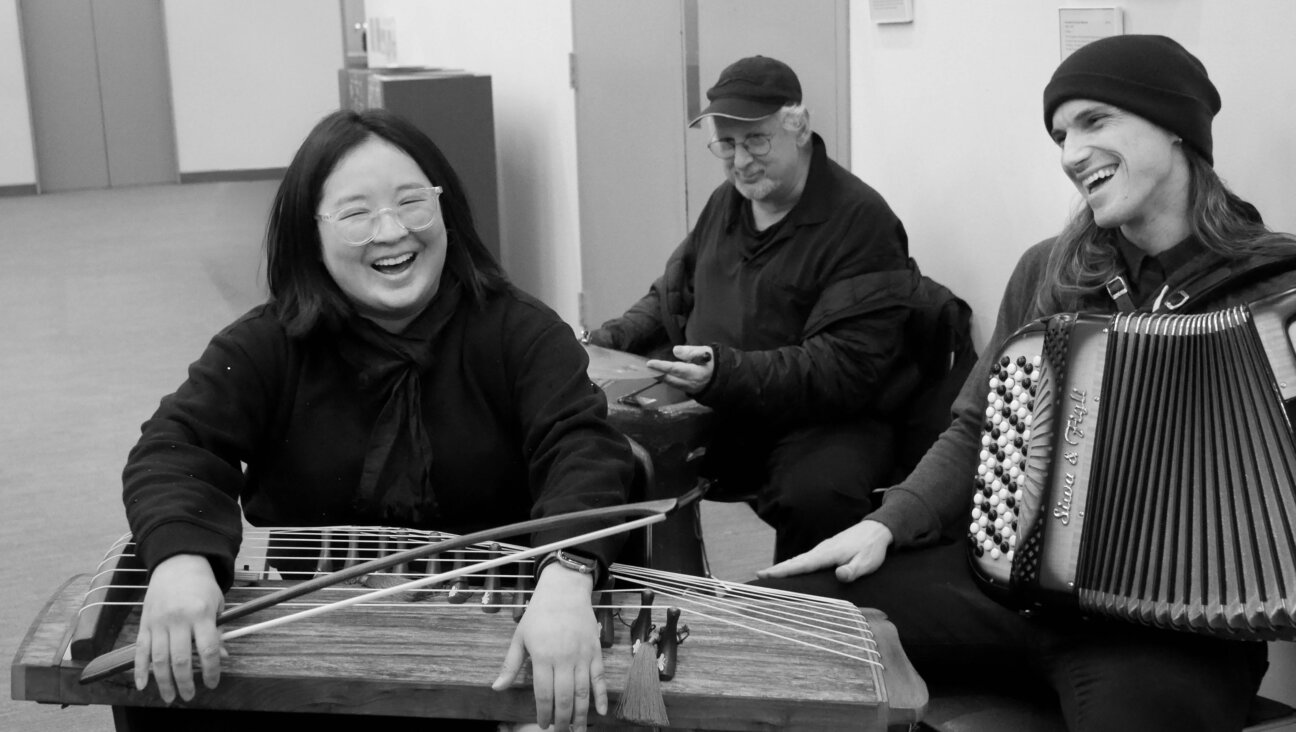Trump wants to honor Hannah Arendt in a ‘Garden of American Heroes.’ Is this a joke?
Arendt wrote incisively about the effects of totalitarian propaganda
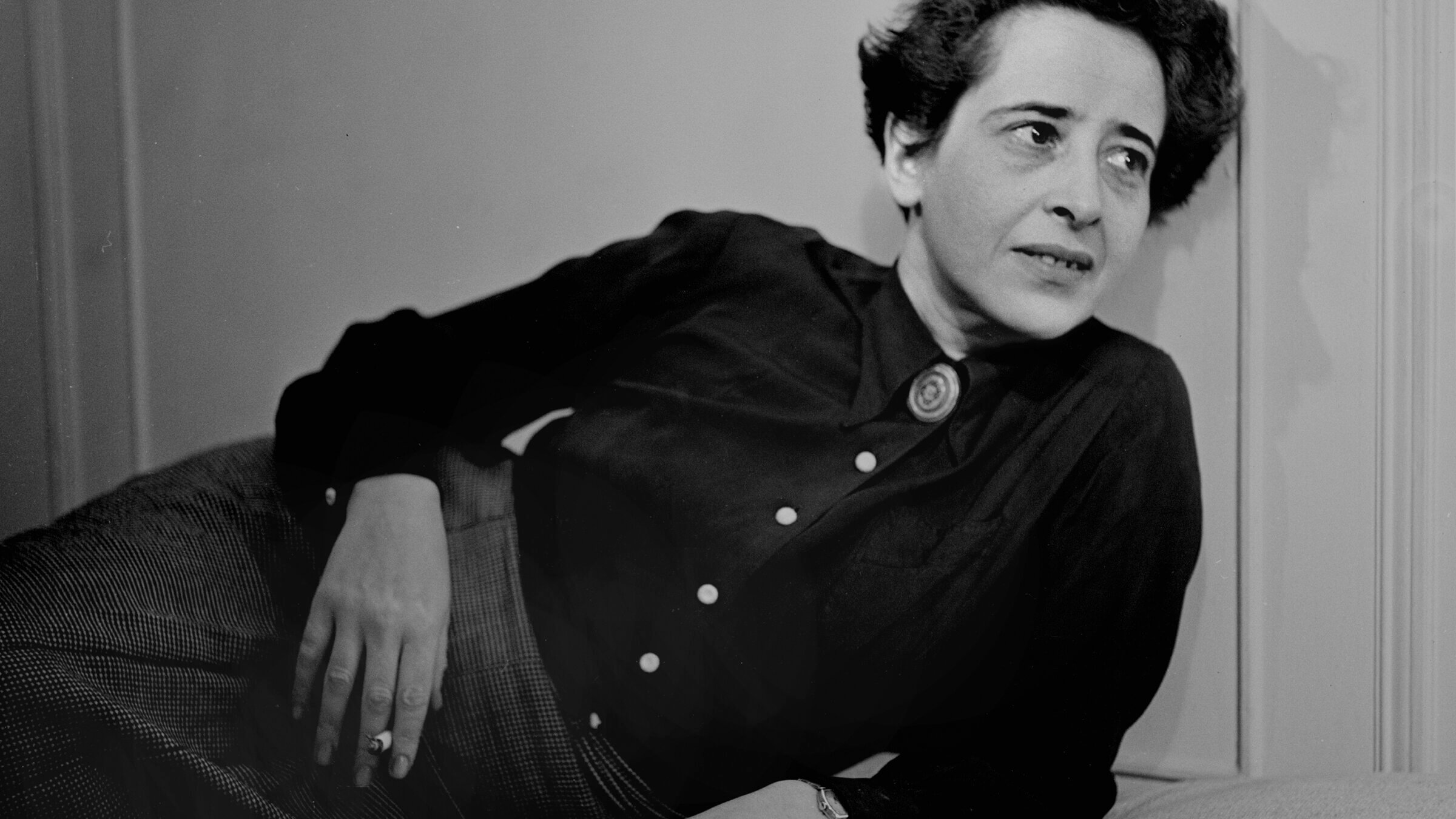
Political theorist and author Hannah Arendt. Photo by Getty Images
Since his first term, Trump has had a grand vision: to create a “National Garden of American Heroes,” filled with 250 statues of American titans in honor of the 250th anniversary of the country’s founding. Now, with said anniversary fast approaching — it’s July 4, 2026 — the administration has put out a call for artists, who would receive up to $200,000 each to create one of the statues, funded by money from National Endowment for the Humanities grants that Elon Musk’s Department of Government Efficiency cut.
But while the 2021 executive order called for a garden dedicated to the “awesome splendor of our country’s timeless exceptionalism,” the list of who will get the honor of being cast in bronze or carved in stone gives a more muddled message.
The definition of hero that the executive order provides describes Americans honored “because of the battles they won, the ideas they championed, the diseases they cured, the lives they saved, the heights they achieved, and the hope they passed down to all of us.”
There’s little question that the statuary will be propaganda, meant to promote a Trumpian vision of America. Trump’s garden was, after all, first proposed as a direct response to the Black Lives Matters movement, when American citizens were trying to rewrite the nation’s history to pay more attention to its worst moments: slavery, racism, Jim Crow laws.
“Dangerous anti-American extremism that seeks to dismantle our country’s history, institutions, and very identity,” was attacking the U.S., Trump wrote in the executive order for the garden. The statue garden, he said, would instead fill its visitors with “lasting patriotism.”
But looking at the list of supposed heroes, the message of that propaganda is hard to discern. The list includes actors such as Lauren Bacall and businessmen like Sam Walton of Walmart who are not, per se, obviously heroic. It also features notable Trump enemies, like Ruth Bader Ginsburg, even though Sandra Day O’Connor, the first female Supreme Court justice — and a conservative — is not on the list. And while the call for artists specifies that the sculptors must be American citizens — and Trump regularly rails against immigrants — the list itself is full of people who came to the U.S. for better opportunities, including Nikola Tesla, Albert Einstein and Alex Trebek. (Again, as much as I love Jeopardy, I must ask: Is Alex Trebek really a “hero?”)
The statues-to-be also include Hannah Arendt, the thinker famed for her analyses of fascism and propaganda. For Arendt, politics has always been a realm of appearances, not truth. And Trump’s proposed statues pay close attention to appearances.
The sculptures are required, by the order, to be “lifelike or realistic” not “abstract or modernist,” in keeping with Trump’s long-held preference for classical art. They dictate an America that, with a few exceptions, like Arendt, is more concerned with tangibles like war, marketable invention, business and celebrity, not one that is a leader in the realm of ideas or creativity.
This, as Arendt writes in The Origins of Totalitarianism, is to be expected. “Intellectual, spiritual, and artistic initiative is as dangerous to totalitarianism as the gangster initiative of the mob, and both are more dangerous than mere political opposition,” she wrote. (Perhaps this is why the sculpture garden is funded with money that was previously dedicated to art and scholarship.)
But most relevant for Trump’s random list of heroes, Arendt saw propaganda’s power as its ability to obscure truth — not just by providing a falsified version of reality, but by confusing the public to the point that they could no longer discern fact from fiction or good from evil.
“The aim of totalitarian education has never been to instill convictions but to destroy the capacity to form any,” she wrote. Totalitarian regimes emphasize grand, appealing themes — like, in Trump’s executive order, “daring and defiance, excellence and adventure, courage and confidence, loyalty and love” — but divorces them from real events.
Trump’s current list for the statue garden is an update on the original, which included no Jews, no Native Americans, no Latinos and no Asians, instead strongly preferring white men who were generals, Founding Fathers or inventors like the Wright brothers. But now, there’s at least a smattering of diversity — a handful of Asian generals, several Native Americans, Civil Rights activists, and plenty of Jews.
But Trump is not necessarily presenting an inclusive version of American history. He’s presenting a broad assortment of individuals, chosen seemingly at random, to be raised to the status of heroes. And this makes it nearly impossible to pinpoint any particular issue with the project, or with Trump’s ideology at large.
Sure, Spanish missionaries who forcibly converted Native Americans in California are on the list, but so is Sacagawea and Sitting Bull! George Patton, the WWII general and well-known antisemite, may be lionized, but so are Ruth Bader Ginsburg and Arendt. Even as the American story the garden gestures at is a far cry from the reality of Trump’s actual policies against immigrants, women’s rights and diversity, it’s hard to complain about the story it tells.
Perhaps the only way to criticize Trump’s confused project is to laugh, as Arendt did at Adolf Eichmann, who she said was “genuinely incapable of uttering a single sentence that was not a cliche.” And there is little more cliche than an authoritarian leader commissioning propaganda statues.
But there is one message of the “National Garden of American Heroes,” a belief that underwrites all authoritarian propaganda. It’s not a particular political ideology or agenda, but instead a broad belief: that the president has the power to declare who is and is not American, and to decide what it means to be a hero.

